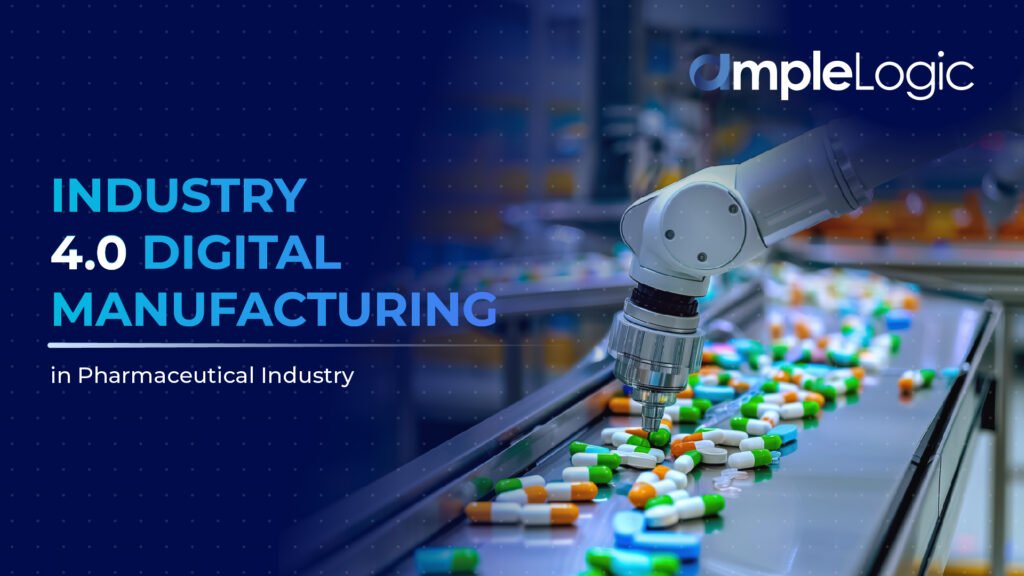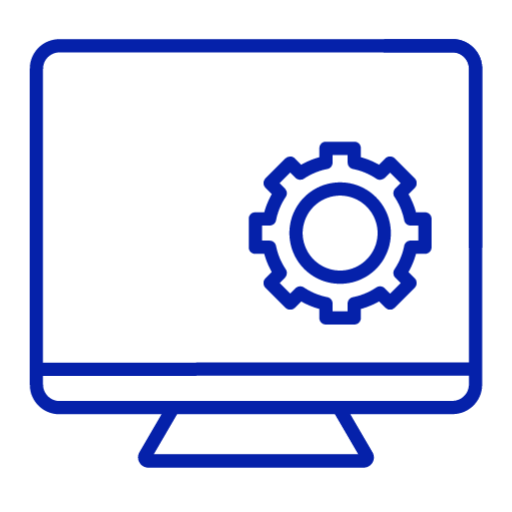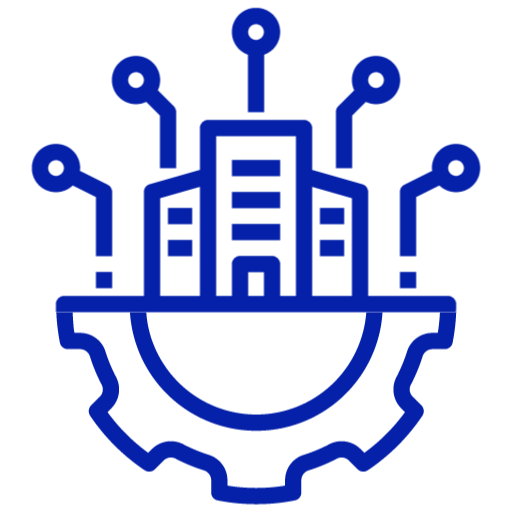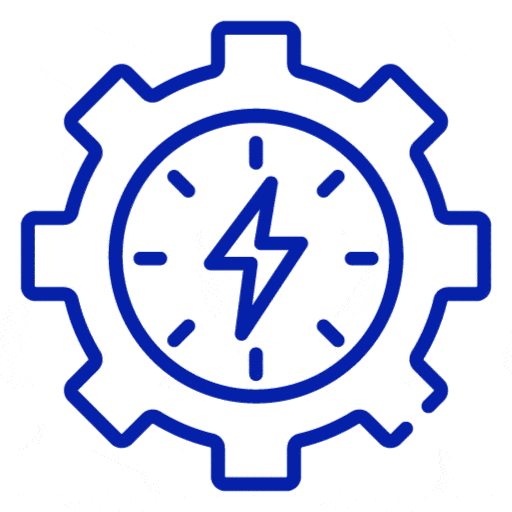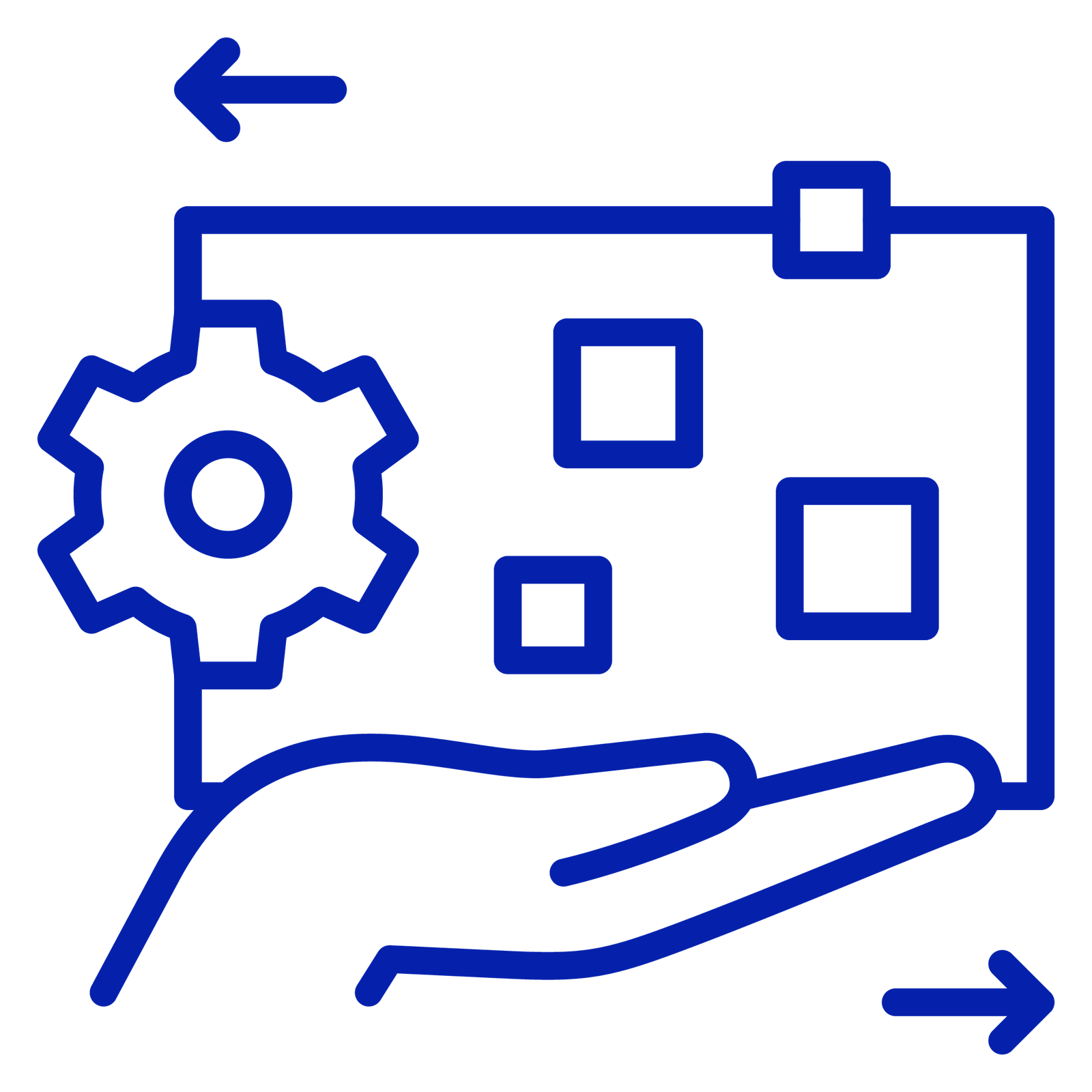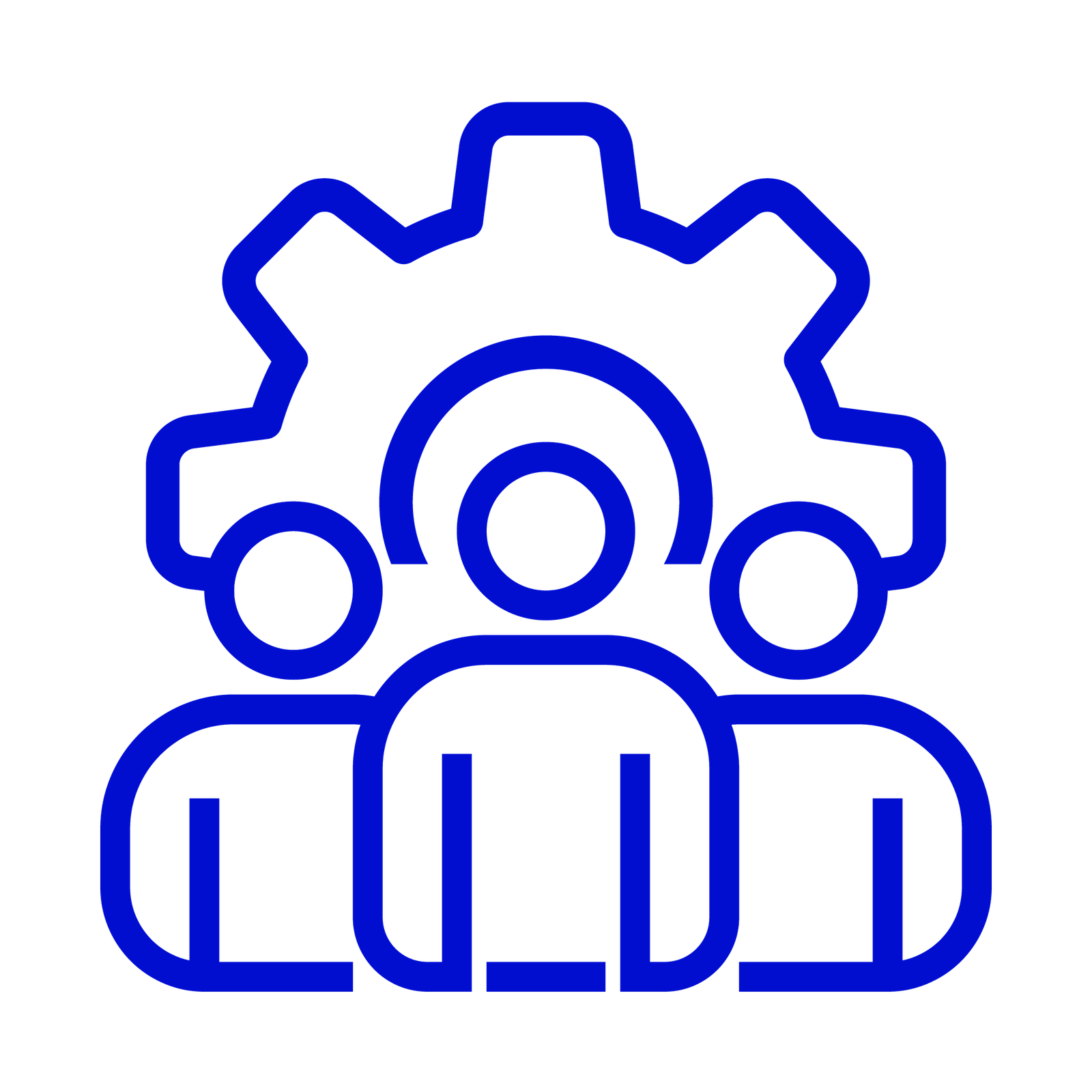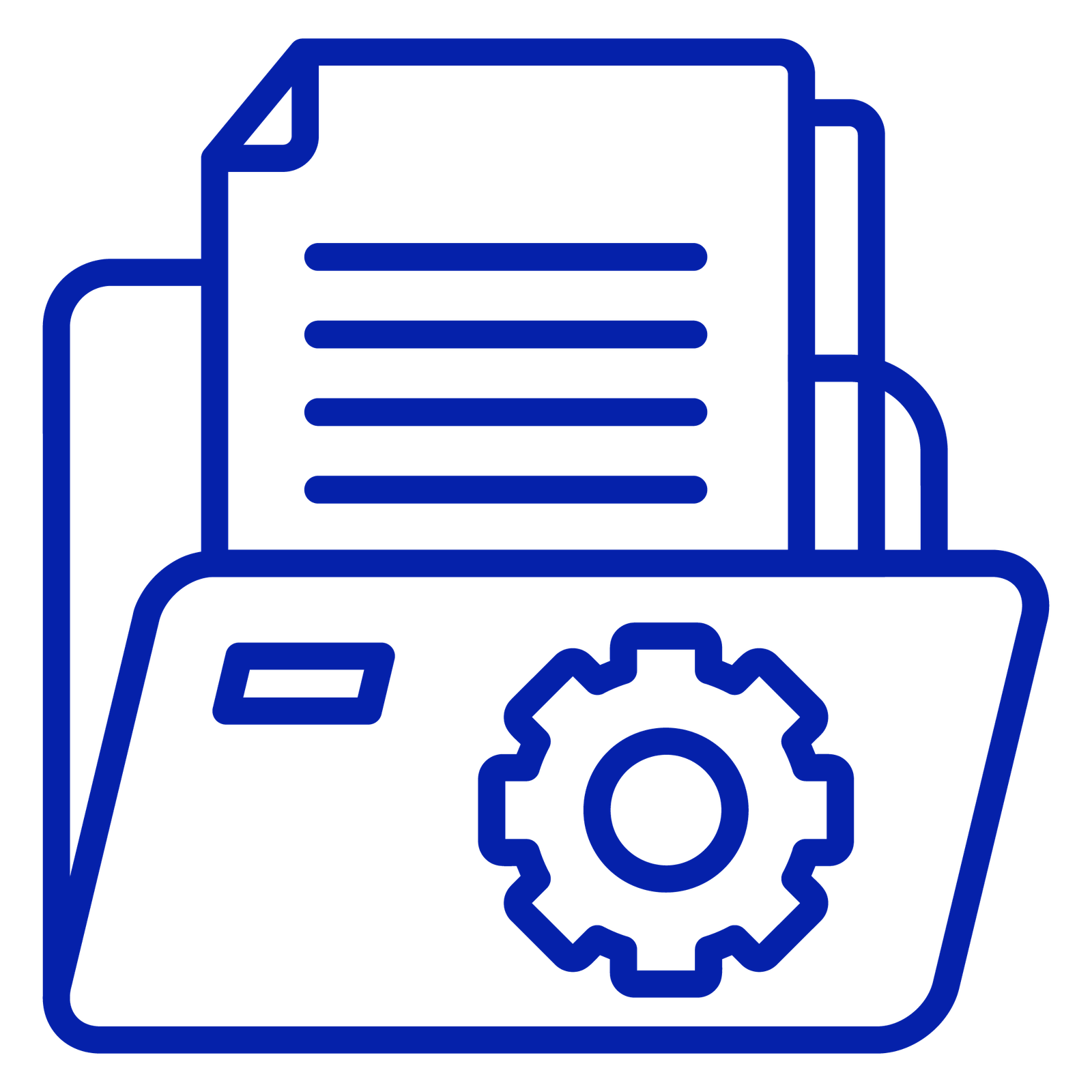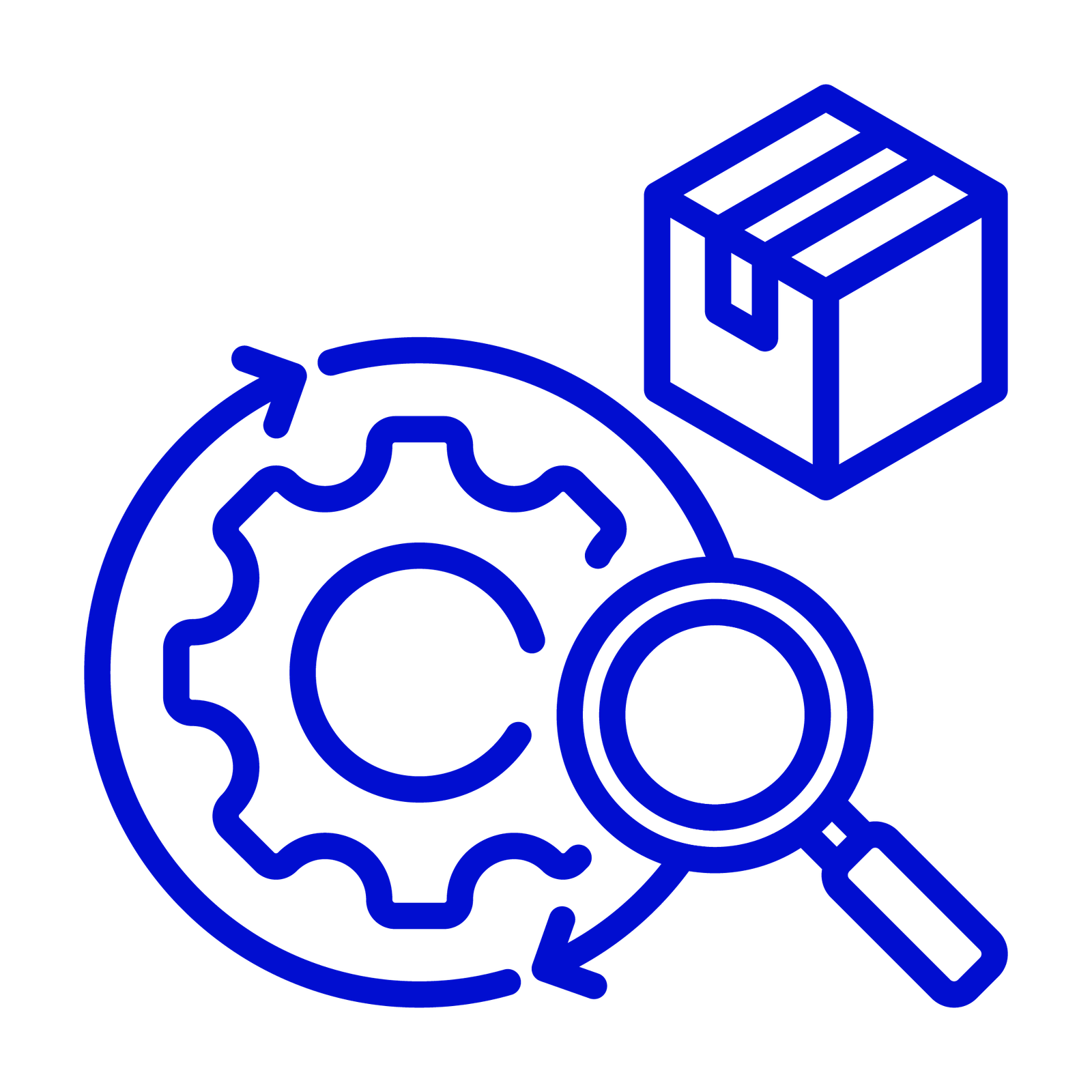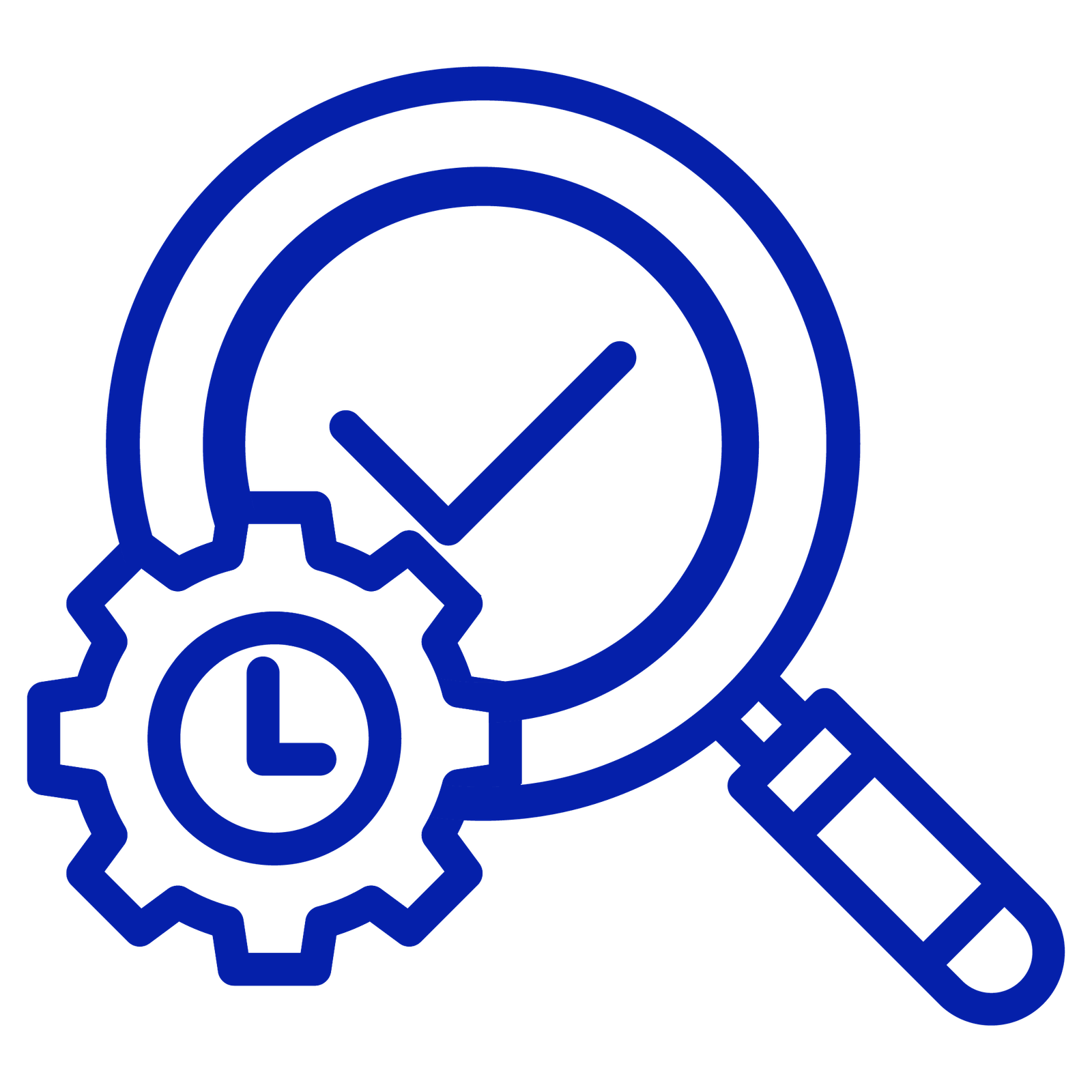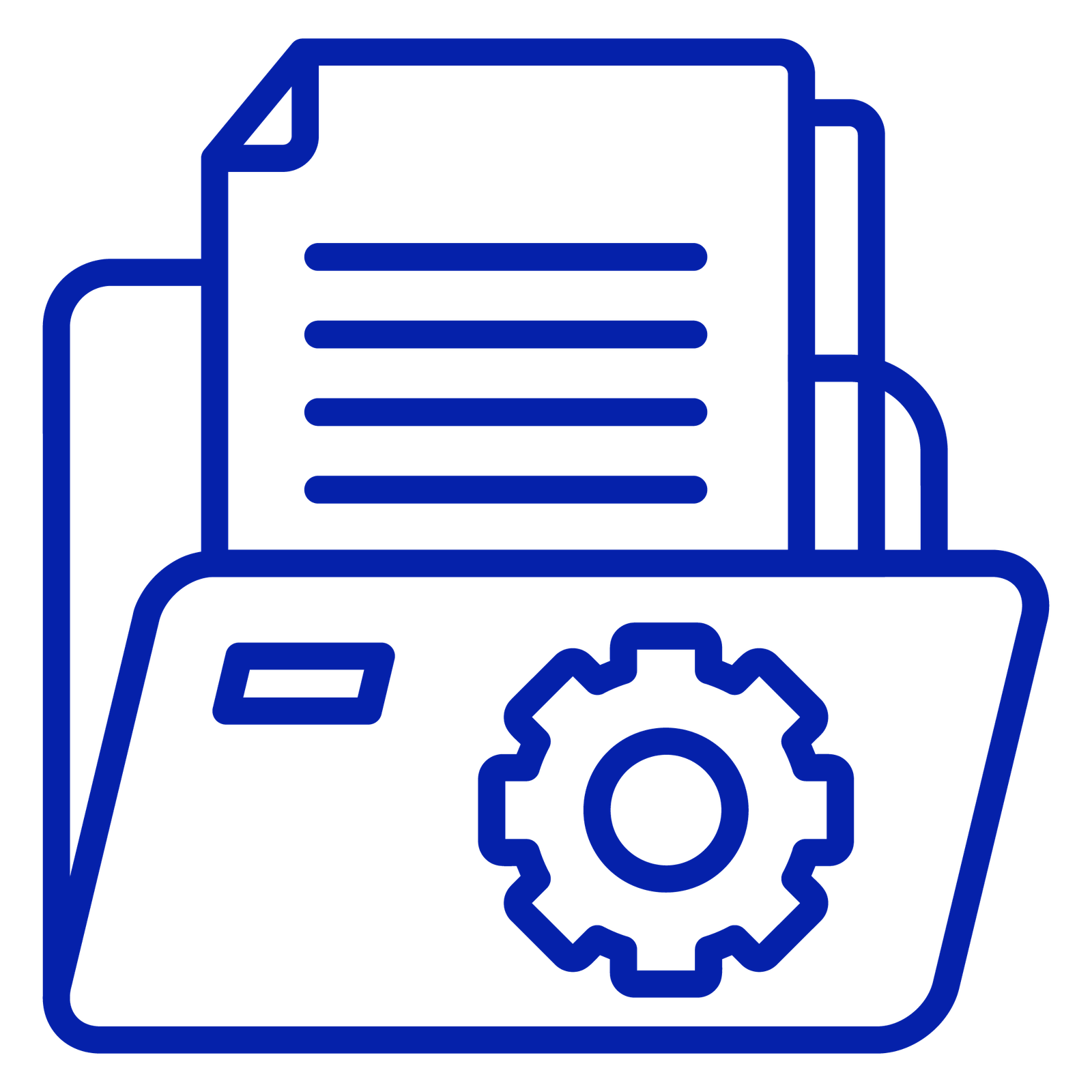
When AmpleLogic began expanding its low-code platform inside pharmaceutical operations, the company was focused on helping plants digitise document-heavy processes without extended development cycles. Now, the company’s work sits at a different stage. AI now supports training, investigations, documentation, reporting, and annual reviews across several customer deployments, reducing manual workload by measurable margins.
“We observed that pharma teams spend a large portion of their time simply understanding information,” says Manne V. Chowdary, Founder & CEO of AmpleLogic. “SOPs, deviations, CAPAs, APQRs, logs, there is no shortage of data. The real gap lies in helping people interpret and use it quickly.”
According to the company, its AI layer has helped customers cut manual effort by an average of 60% in activities linked to document retrieval, training preparation, APQR extraction, and investigation groundwork. The gains come from targeted interventions rather than broad automation.
A shift from configuration speed to interpretation speed
AmpleLogic’s low-code environment helped pharma teams configure deviations, CAPA, training workflows, sampling logs, and document lifecycles quickly. But even with digital workflows in place, most operational delays came from interpretation, reading long SOPs, comparing versions, locating information, scanning large reports, and reviewing old deviations.
“Digital workflows only move the task from paper to screen,” Chowdary notes. “The effort around that task, understanding what’s inside documents, reports, or historical cases, remains significant.”
This observation led to AmpleLogic’s AI programme, which focuses on supporting the cognitive load around quality and operations rather than replacing validated systems.
AI Features in AmpleLogic Platform Solutions
Below are the AI capabilities from AmpleLogic’s internal platform roadmap:
AI in Training: SOP-Based Questionnaires & Podcasts
AmpleLogic’s LMS applies AI to reduce the preparation cycle for training content.
Extracts text from PDFs, Word files, and scanned documents via OCR.
- Summarises SOPs and breaks content into topic-based chunks.
- Generates conceptual and descriptive questions automatically.
- Creates MCQs with distractors and explanations.
- Builds multilingual SOP podcasts: text extraction → summary → episode suggestions → script → language selection → audio output.
- Plants report that these capabilities shorten training deployment timelines, especially for frequently revised procedures.
AI for Deviation, CAPA & Root Cause Analysis (eQMS)
AmpleLogic’s quality engine incorporates AI to support investigation groundwork:
- Collects historical CAPA and deviation data.
- Cleanses and summarises input as the model’s knowledge base.
- Detects patterns, causal links, and impact points.
- Generates tailored CAPA recommendations.
- Cross-verifies suggestions against similar past cases.
Teams using the system say this reduces early-cycle investigation time and improves justification clarity during audits.
AI-Driven Document Retrieval
Document access remains one of the slowest daily tasks across sites :
- Detects and ingests updated SOPs automatically.
- Extracts and preprocesses text and images.
- Updates vector embeddings in 130–150 languages.
- Supports multimodal retrieval (text + images).
Supervisors report fewer version errors and faster retrieval of controlled instructions.
AI for APQR Reviews (Interactive APQR Chatbot)
AmpleLogic’s APQR assistant converts large, complex reports into a structured format that teams can search, question, and interpret directly. It reads text, tables, and embedded visuals, organises them into clean datasets, and supports accurate, context-aware responses to user queries. This helps QA and manufacturing teams move through APQR reviews faster, reducing the manual effort normally spent scanning long documents during audits and annual evaluations.
AI for Operational Reporting (Agentic AI Report Builder)
Routine reporting often requires SQL knowledge and manual compilation :
- Connects directly to live organizational databases.
- A schema agent interprets database structure.
- A query agent converts natural language into optimized SQL.
- A chart agent generates bar, line and pie charts.
- Output supports QA, QC and manufacturing decision-making.
This has shifted operational reporting from scheduled BI support to on-demand access.
AI for Data Extraction (Supporting DMS, SOP & APQR Workflows)
Text, images, and tables inside scanned or exported documents often require manual entry:
- Extracts text using OCR.
- Processes unstructured inputs (text, images, tables).
- Converts them into structured fields for downstream workflows
Plants report reduced transcription workloads and fewer inconsistencies in documentation.
AI Recommendation Flow for CAPA:
- Data collection → processing → context understanding → recommendation → validation.
- Designed for systematic refinement of CAPA suggestions.
This aligns with the needs of QA teams who require traceable rationale during investigations.
Governance and Traceability Built for GxP
AI adoption inside regulated environments requires careful oversight. AmpleLogic logs inputs, outputs, and model versions, enabling traceability during audits. Each generated suggestion or extracted value can be traced to its source.
“We had to align AI controls with the way pharma quality systems already operate,” Chowdary says. “Traceability and reviewability were non-negotiable.”
Cross-functional reviews involving QA, IT and regulatory teams precede deployment at every site.
Measuring Impact Across Deployments
Across customer plants, the company reports visible reductions in:
- training preparation time
- early-stage investigation effort
- document retrieval cycles
- APQR review hours
- manual reporting work
Leaders say these small reductions accumulate into significant weekly time savings.
“Most improvements come from saving minutes repeatedly,” Chowdary observes. “That’s where the 60% overall effort cut shows up.”
The Road Ahead
AmpleLogic plans to expand its multimodal capabilities and support more advanced extraction across EM, stability and equipment data. The focus remains on reducing manual interpretation work and giving teams faster access to structured information.
“Our direction has been consistent,” Chowdary says. “Help people spend less time searching and more time making decisions.”




